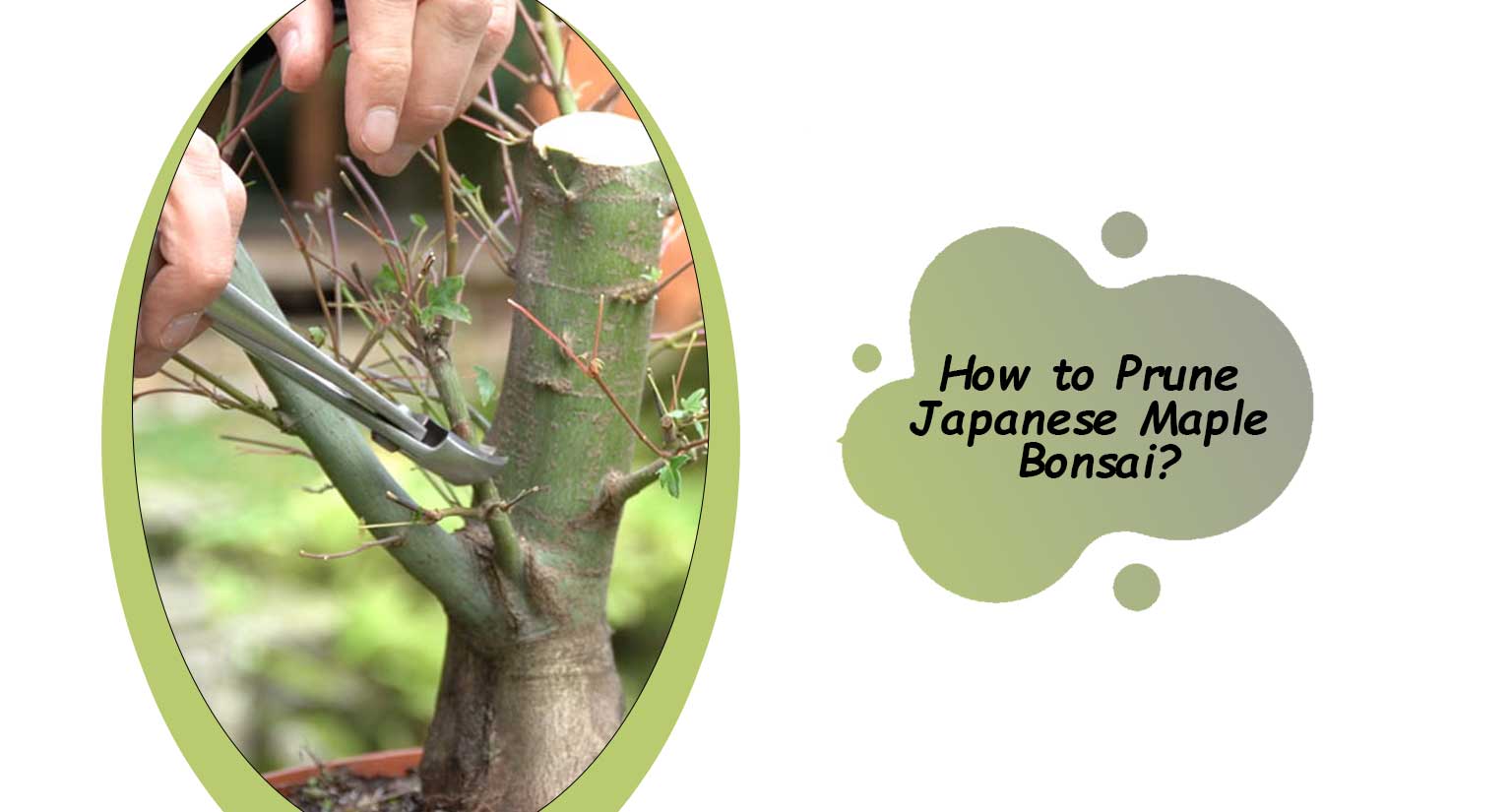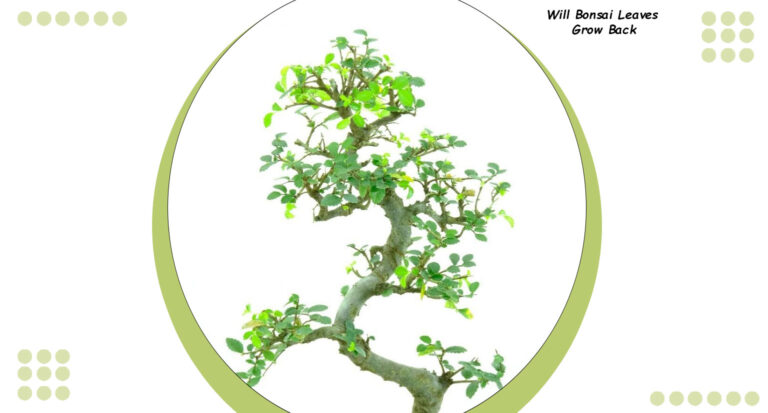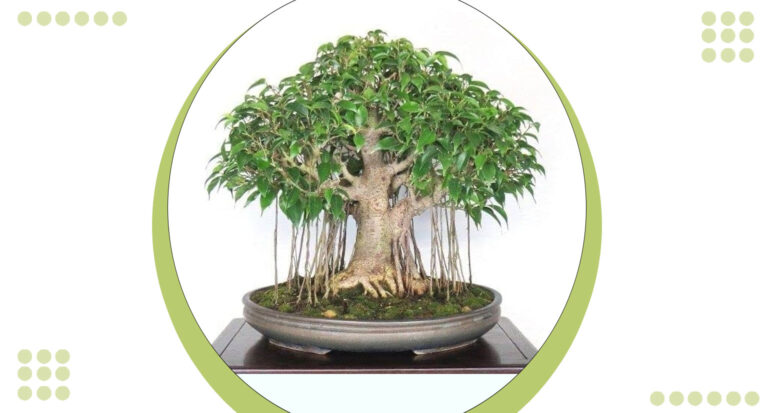How to Prune Japanese Maple Bonsai?
Welcome to our comprehensive guide on How to prune Japanese maple bonsai trees. If you’re a passionate bonsai enthusiast or a beginner looking to learn the art of cultivating these exquisite miniature trees, you’re in the right place.
Pruning is a crucial aspect of bonsai care, and when it comes to Japanese maple bonsai, it requires a delicate touch and precise techniques.
In this guide, we will walk you through the essential steps and tips on how to prune Japanese maple bonsai, ensuring that your miniature masterpiece thrives and flourishes. Let’s dive in and unlock the secrets of successful bonsai pruning.
How to Prune Japanese Maple Bonsai?
Pruning a Japanese Maple Bonsai is a delicate and intricate process that, when done correctly, can enhance the beauty and overall health of your bonsai tree.
Here, we’ll guide you through the steps on how to prune a Japanese Maple Bonsai with care and precision.
Choose the Right Time
Pruning should be done during the right season to minimize stress on the tree. The best time is typically in late winter or early spring, just before the buds begin to swell. This is when the tree is still dormant, and you can easily see its structure.
Gather the Necessary Tools
You’ll need a few essential tools for pruning a Japanese Maple Bonsai, including sharp pruning shears or scissors, wire cutters, and concave cutters.
Make sure they are clean and sharp to ensure clean cuts and minimize the risk of injury to the tree.
Understand Your Tree’s Style
Different styles of bonsai trees require different pruning techniques. Japanese Maple Bonsai trees can be styled in various ways, such as the formal upright, informal upright, slanting, cascade, and semi-cascade styles. Understand the style you want to achieve before you start pruning.
Remove Dead and Diseased Branches
Begin by identifying and removing dead, diseased, or damaged branches. These branches can be a breeding ground for pests and diseases, so removing them is essential for the health of your bonsai tree.
Thin Out Excess Growth
Japanese Maple Bonsai trees tend to produce dense foliage. To allow light and air to reach all parts of the tree, thin out excessive growth. This will help maintain the overall balance and aesthetics of the tree.
Decide on the Pruning Technique
There are two main types of pruning techniques: maintenance pruning and structural pruning. Maintenance pruning is done regularly to maintain the shape and size of the bonsai.
Structural pruning is more extensive and is done to reshape the tree or encourage new growth. Choose the appropriate technique for your tree’s needs.
Use the Right Cutting Angle
When making a cut, do so at a slight angle, leaving a small collar on the branch. This helps the tree heal faster and reduces the risk of infection. Avoid leaving stubs or making flush cuts, as these can be detrimental to the tree.
Wire Training (If Needed)
For shaping your Japanese Maple Bonsai, consider using wire to gently guide branches into the desired position. Be cautious not to bend branches too tightly or leave wire on for too long, as it can damage the tree.
Monitor and Maintain
Pruning is an ongoing process in bonsai care. Regularly monitor your Japanese Maple Bonsai to ensure it maintains its shape and health. You may need to prune again during the growing season to control new growth.
Patience Is Key
Bonsai cultivation is an art form that requires patience. Your Japanese Maple Bonsai will evolve and grow over time, and the pruning process is an essential part of its development.
Be patient and enjoy the journey as your bonsai tree transforms into a work of living art.
Pruning a Japanese Maple Bonsai is a skill that requires knowledge, precision, and patience. By following these steps and taking your time, you can ensure your bonsai thrives and becomes a captivating masterpiece for years to come.
How to Maintain a Japanese Maple Bonsai?
Maintaining a Japanese Maple Bonsai is a continuous process that involves a combination of care, attention, and patience. Here, we’ll delve into the key aspects of maintaining your bonsai tree to ensure its health and beauty.
Watering
Japanese Maple Bonsai trees require consistent and careful watering. Keep the soil moist but not waterlogged. Water thoroughly when the soil’s surface feels slightly dry to the touch. The frequency of watering may vary depending on the climate and season.
Sunlight
Place your bonsai where it can receive the right amount of sunlight. Japanese Maple Bonsais thrive in partial shade, as excessive sun exposure can scorch the leaves. Monitor the lighting conditions and adjust the placement as needed.
Fertilizing
Fertilizing is essential for the bonsai’s growth and health. During the growing season (spring to early autumn), use a balanced, slow-release bonsai fertilizer. Reduce or stop fertilizing during the dormant season.
Pruning and Training
Regular pruning and training are essential to maintain the bonsai’s shape and size. Follow the pruning guidelines mentioned earlier to ensure your Japanese Maple Bonsai remains aesthetically pleasing.
Repotting
Japanese Maple Bonsai trees should be repotted every two to three years. Repotting helps refresh the soil, trim roots, and prevent the tree from becoming root-bound. Choose an appropriate time, such as early spring, for this task.
Pest and Disease Control
Keep a vigilant eye for pests and diseases. Common issues for Japanese Maple Bonsais include aphids, scale insects, and powdery mildew. Address any infestations promptly to prevent damage to your bonsai.
Wiring and Shaping
To maintain the desired shape of your bonsai, consider wiring and shaping as necessary. Be gentle with the wiring to avoid damaging branches and always monitor the progress of your bonsai’s form.
Winter Care
In the winter, protect your Japanese Maple Bonsai from freezing temperatures by moving it to a sheltered area or using a cold frame. Water sparingly during this time, as the tree is dormant.
Patience and Observation
Maintaining a Japanese Maple Bonsai is a long-term commitment. Be patient and observant, and make adjustments based on your bonsai’s specific needs. Over time, you’ll become more attuned to its unique requirements.
Enjoy the Journey
Bonsai cultivation is a rewarding and contemplative hobby. Embrace the journey of caring for your Japanese Maple Bonsai, and you’ll witness its transformation into a living work of art. Enjoy the serenity and beauty it brings to your life.
Maintaining a Japanese Maple Bonsai is a combination of proper watering, lighting, fertilizing, pruning, and attentive care.
By following these guidelines and nurturing your bonsai, you’ll ensure that it remains a stunning and captivating addition to your space.
FAQs (Frequently Asked Questions)
1. What is the ideal soil mix for Japanese Maple Bonsai?
The ideal soil mix for Japanese Maple Bonsai should be well-draining and slightly acidic. A mix of akadama, pumice, and lava rock is commonly used, but you can also add organic matter like pine bark.
2. How often should I water my Japanese Maple Bonsai?
Watering frequency depends on factors like climate and pot size. In general, water when the soil’s surface feels slightly dry. Avoid overwatering, as it can lead to root rot.
3. When is the best time to prune my Japanese Maple Bonsai?
The best time for pruning Japanese Maple Bonsai is in late winter or early spring, just before the buds begin to swell. This is when the tree is dormant.
4. Can I keep my Japanese Maple Bonsai indoors?
While Japanese Maple Bonsais can be kept indoors, they generally thrive when grown outdoors. If kept indoors, ensure they receive sufficient sunlight and humidity.
5. How do I deal with pests on my bonsai tree?
If you notice pests, remove them manually or use a gentle insecticide. Inspect your bonsai regularly to catch and address pest issues early.
6. How can I prevent my bonsai from becoming root-bound?
Repot your Japanese Maple Bonsai every two to three years to refresh the soil and trim the roots. This will prevent it from becoming root-bound.
7. Can I wire my bonsai at any time of the year?
Wiring is typically done during the growing season when the branches are pliable. Avoid wiring during the dormant season, as it may damage the tree.
8. What is the average lifespan of a Japanese Maple Bonsai?
With proper care, Japanese Maple Bonsais can live for many decades, often reaching over a century. Their lifespan depends on factors such as care, genetics, and environmental conditions.
9. Do Japanese Maple Bonsais change leaf color in the fall?
Yes, Japanese Maple Bonsais are known for their stunning autumn foliage. The leaves can change to vibrant shades of red, orange, and yellow, adding to the tree’s beauty.
10. Can I grow a Japanese Maple Bonsai from seeds?
It is possible to grow a Japanese Maple Bonsai from seeds, it is a more advanced and time-consuming process. Most bonsai enthusiasts start with nursery-grown trees or cuttings for a head start.







